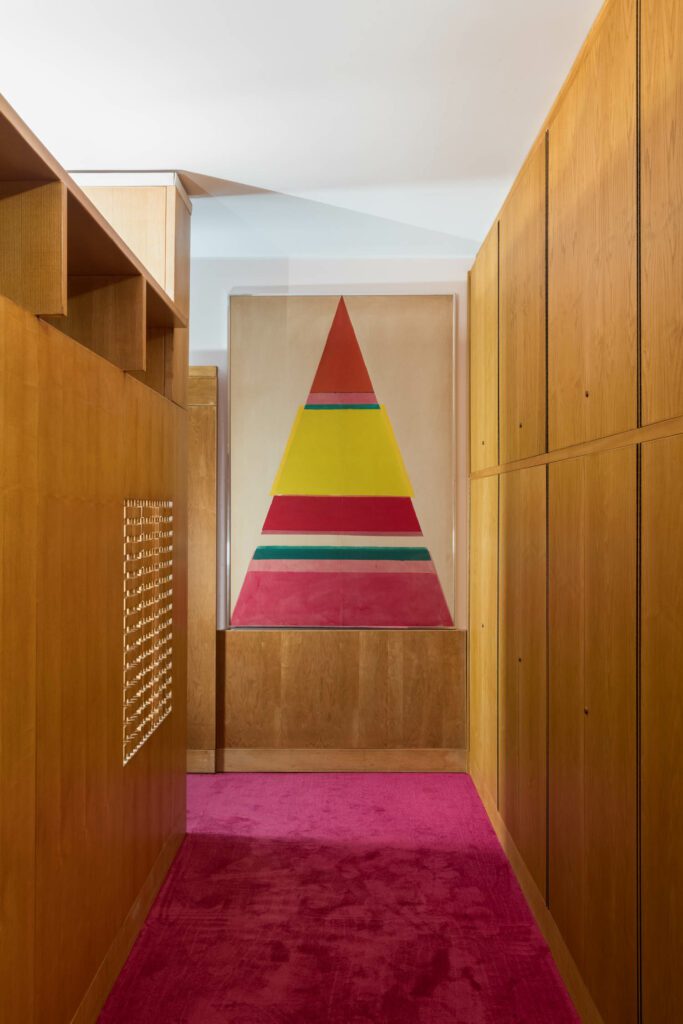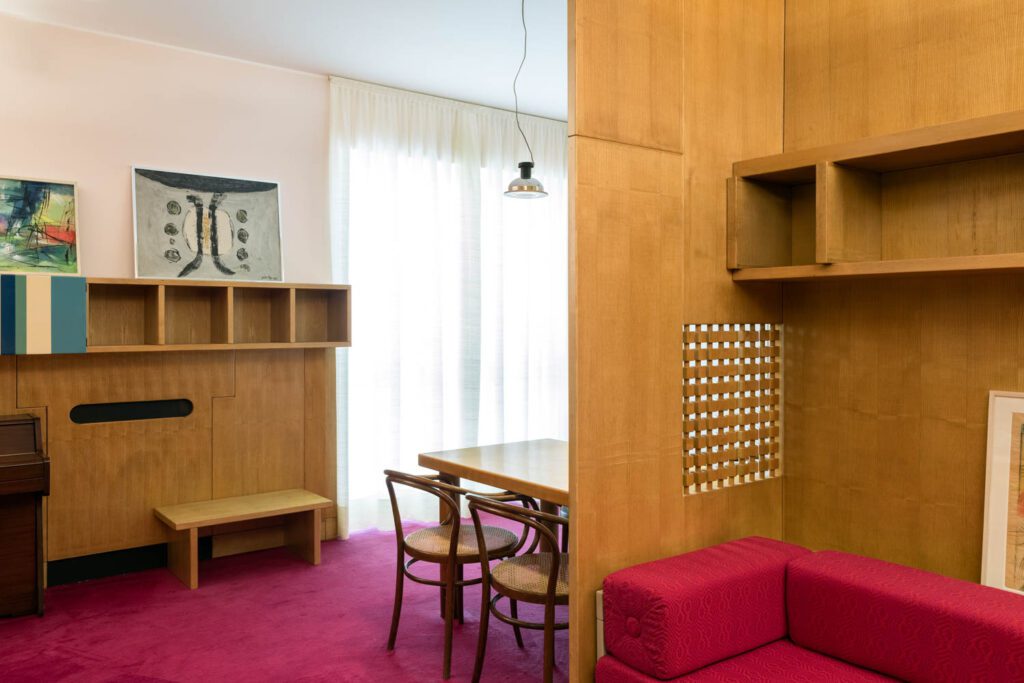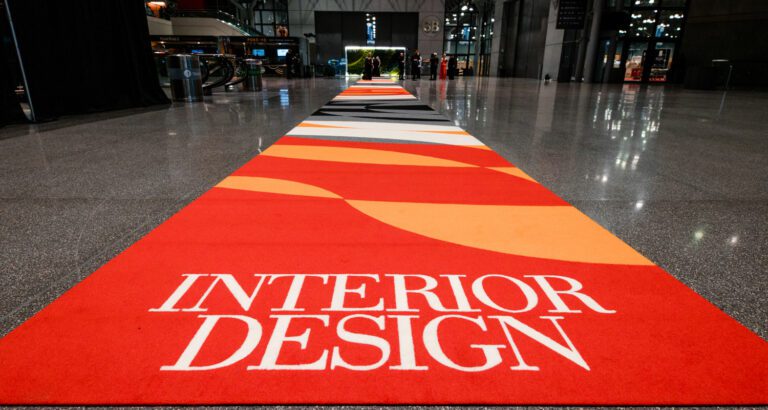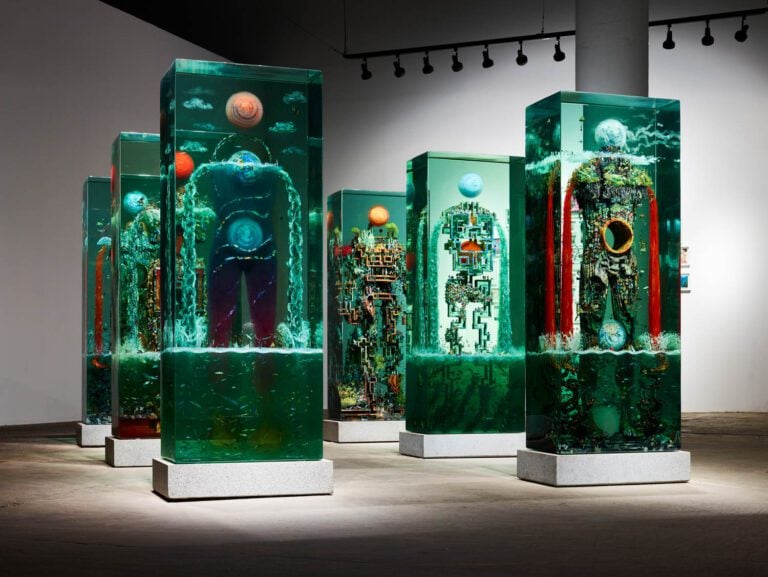
Milan’s Triennale Unveils Ettore Sottsass’s Revolutionary Home Design, Casa Lana
La Triennale’s relationship with Ettore Sottsass dates back to 1957, when the Italian maestro designed the 11th edition of the design mecca’s International Exhibition. Proven by his participation in the biennial’s several editions, curation the 15th iteration with Andrea Branzi in 1973, and the institution’s 2017-dated major survey “Ettore Sottsass: There is a Planet,” Sottsass’s name is inseparable from Triennale. The recently unveiled permanent re-staging of Casa Lana, however, adds the cherry on top to the longstanding relationship.
Sottsass had created the apartment as a private residency for the namesake collector family in Milan in the mid-60s as an experiment of a sleek urban dwelling. The designer’s signature Radical touch started with his orchestration of a dining room, a living room, a hallway, an office, and a corridor altogether in one room and extends to an art gallery dedicated to the owners’ collection. While a fresh outlook towards interiors—granted by the pandemic—was a factor in reviving the home, Triennale’s director Stefano Boeri tells Interior Design that “the decision is more connected to their mission to promote the great Italian masters of design and architecture, while expanding interactions with institutions, archives, and study centers to implement research projects that ultimately lead to exhibitions, publications, and study days.”
In its new life, Casa Lana welcomes visitors at the museum’s first floor as a meticulously accurate replica of the original home with a commitment to its proportions and materials. A wooden structure serves as a core where sofas carve a secluded section to lounge, engage, and simply contemplate.
The display initiates a two-year-long exhibition series dedicated to Sottsass’s legacy for modern Italian design. The inaugural exhibition, “Struttura e colore,” which is named after Sottsass’s namesake 1954 article, delves into two critical elements in the designer’s work—structure and color—through paintings, drawings, photographs, and objects that, according to Boeri, “reveal the particular attention that [he] pays to the relationship between humans, their needs, their rituals, and the space inhabited.” The design scholar also stresses that the show spans a generous time period, “proving that his approach has travelled through time, techniques, geographies, and communities.”
Given that the popularity of Radical-era design and the Memphis Group is rapidly amassing among young designers and collectors, Boeri’s observation is by far accurate. Besides their assumption of revolutionary colors, forms, and materials, Boeri posits that a connection to “bodies, spirituality, spaces, and news ways to see the world,” evident among the period’s key figures, is the reason for its timelessness.



more
DesignWire
Don’t Miss a Chance to Enter Interior Design’s Hall of Fame Red Carpet Contest
Interior Design and Swedish-based Bolon are teaming up to host a red carpet design competition for the Hall of Fame gala in New York.
DesignWire
Ukrainian Designers Speak Out on the Current State of Affairs
Following the Russian invasion, these Ukrainian designers tell Interior Design about the current reality of their work and home lives.
DesignWire
10 Questions With… Dustin Yellin
Artist Dustin Yellin chats with Interior Design about finding the right light and the performative aspect of his sculptures.


